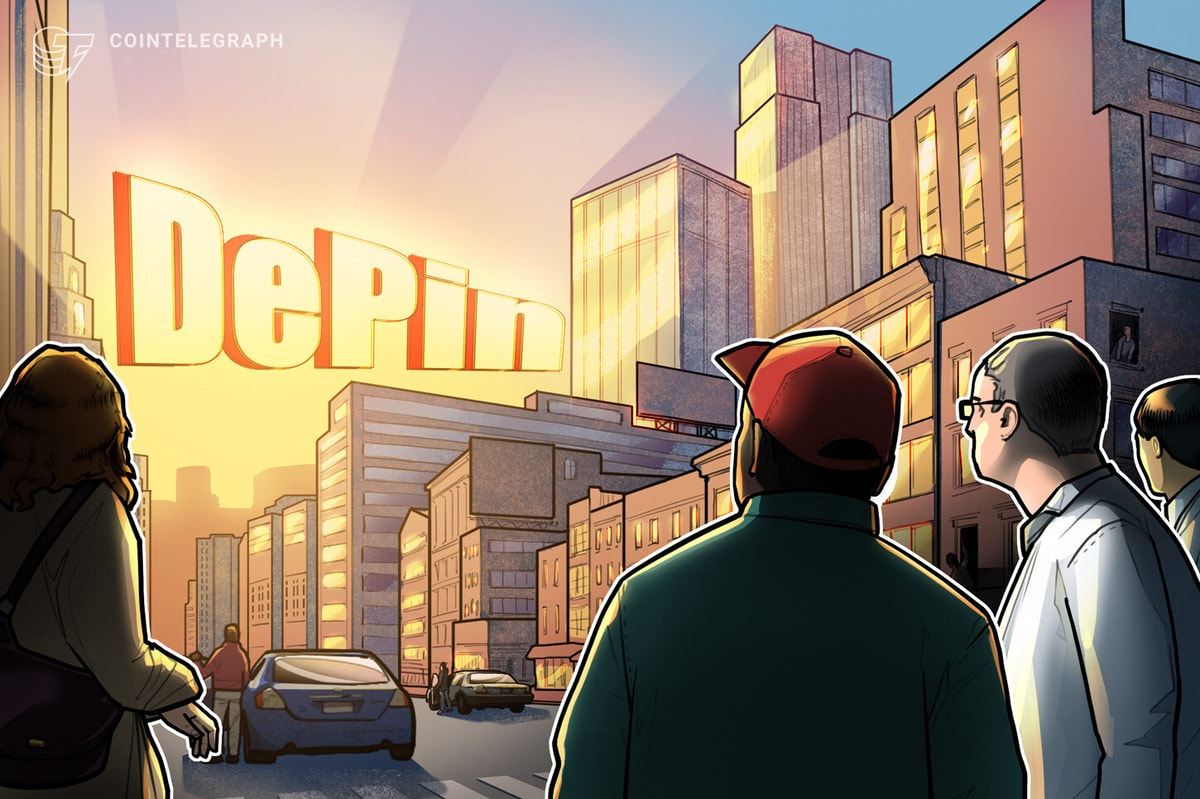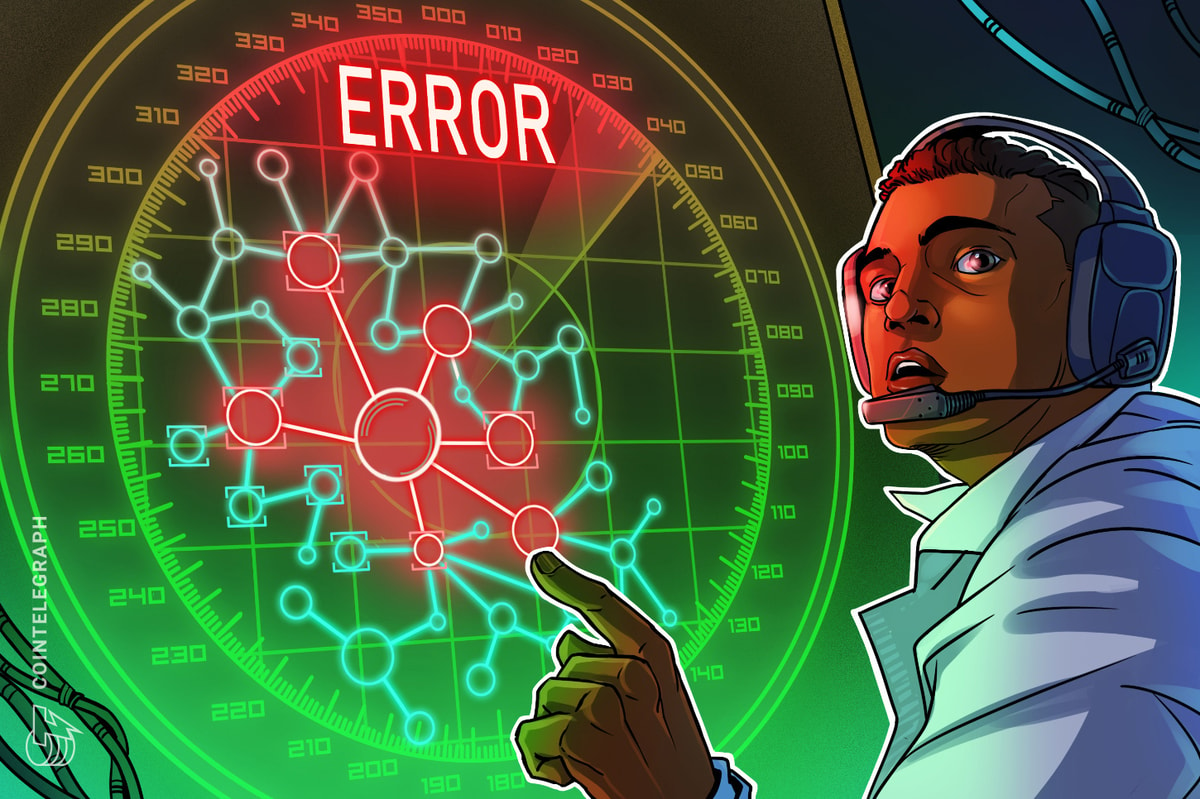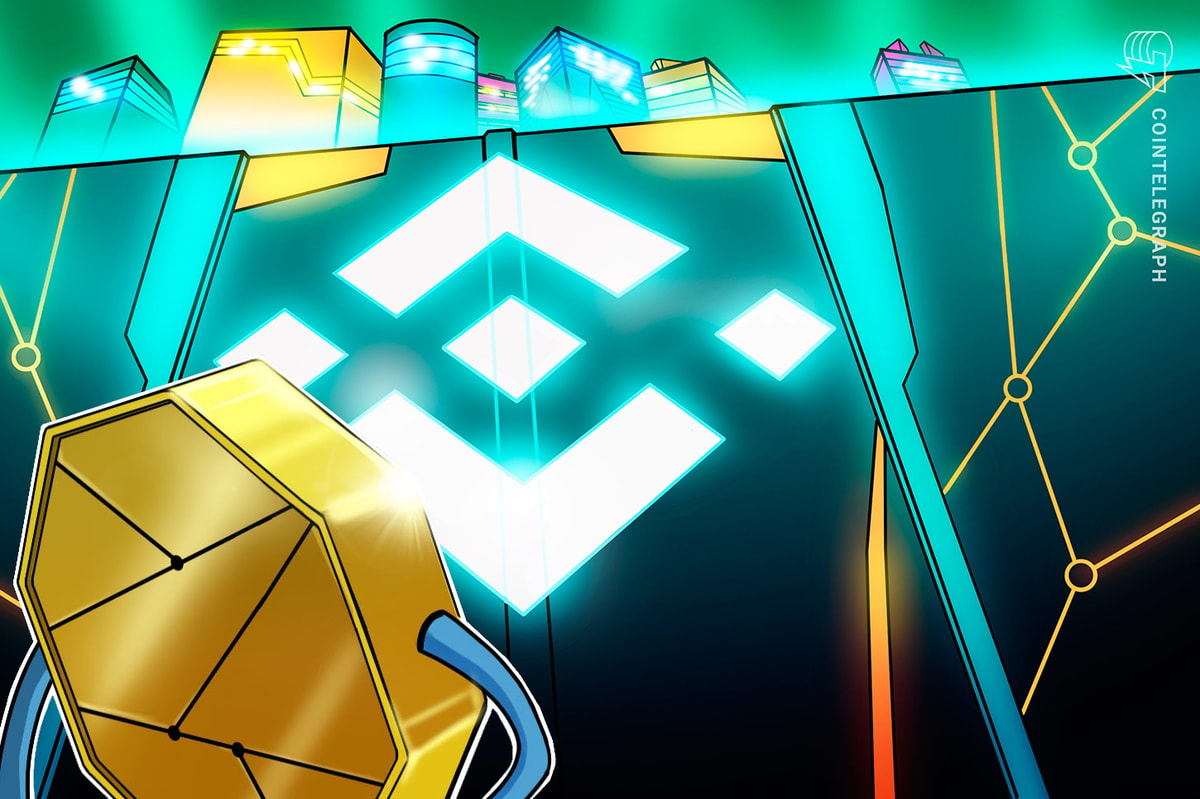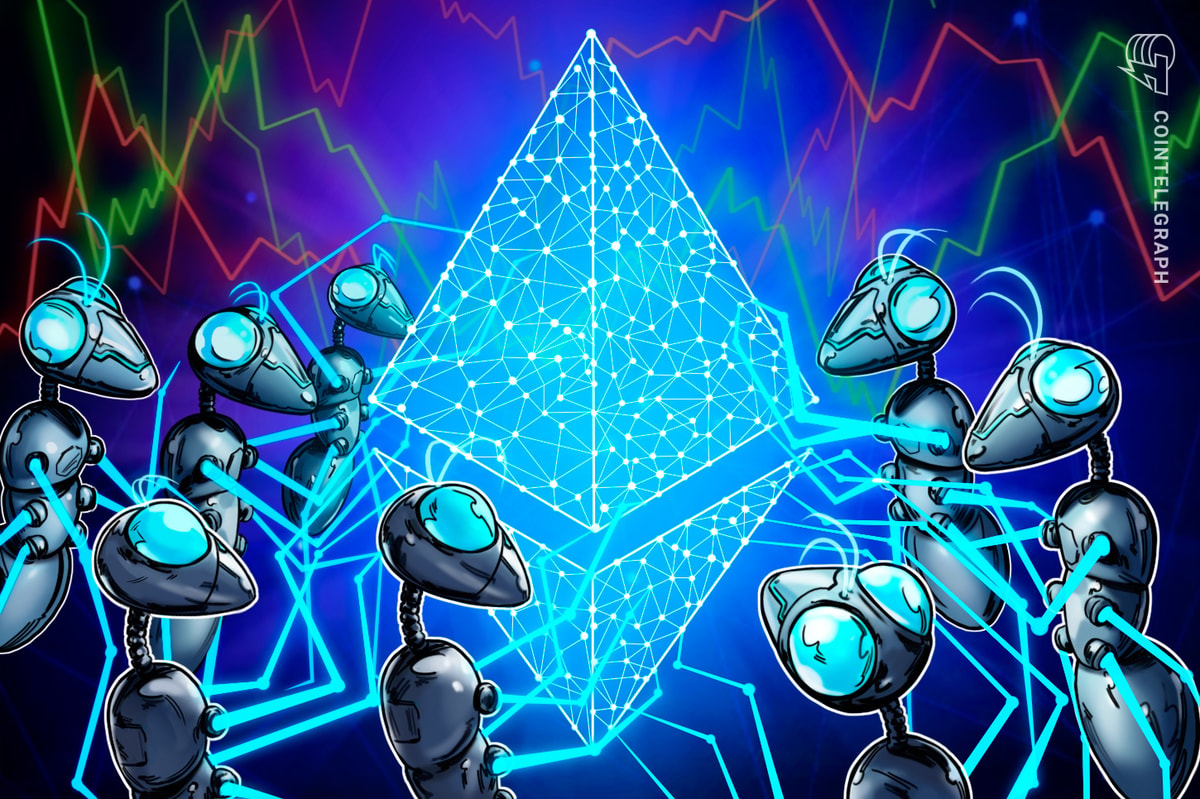Ava Labs has introduced its new Evergreen subnets, aiming to help institutions improve control and intercompany communication on the blockchain.
Exclusive
Ava Labs, the developer of the Avalanche layer-1 blockchain platform, is introducing new institutional deployments to improve the blockchain environment.
On April 6, Ava Labs introduced Avalanche Evergreen Subnets, a suite of institutional blockchain tooling and customizations designed to address company-specific requirements for financial services.
The new product aims to allow institutions to maintain control over their blockchain environment while enabling intercompany communication, Ava Labs’ institutional business development director, Morgan Krupetsky, told Cointelegraph.
“Currently, many institutions are building use cases on enterprise blockchains such as Corda, Hyperledger, Quorum or R3, which inherently are not interoperable and rely on third-party bridges,” Krupetsky said. With Evergreen subnets, member institutions will be able to communicate with each other without relying on third-party bridges, seamlessly transferring assets, proceeding with trade confirmations and other messages, the executive noted.
The intercompany communication on Evergreen subnets is enabled using Avalanche’s native communication protocol, Avalanche Warp Messaging. The AWM feature provides native communication between any two blockchains on different Avalanche subnets.
An Avalanche subnet, or subnetwork, is a dynamic set of validators working together to achieve consensus on the state of a set of blockchains. Subnets are independent and don’t share execution, storage or networking with other subnets or the primary network, which allows the network to scale.
“Subnets were always part of the target state vision for the Avalanche network,” Krupetsky said, adding that the first subnet — DeFi Kingdoms — was launched in April 2022. “Subnets can be thought of as application-specific blockchains that can be customized for a whole host of industries and use cases,” he added.
In contrast to default subnets, Evergreen subnets have certain built-in features aiming to provide a ready-made product for institutional blockchain deployments, such as user and validator permissioning, jurisdictional-based geofencing, custom gas token selection, and Ethereum Virtual Machine compatibility, Krupetsky noted.
Related: Enterprise blockchain is transforming business operations and reducing costs — Web3 exec
Evergreen subnets also enable a controlled environment while providing public blockchain development, the executive added, stating:
“In our work with institutional partners on both the buy and sell side, we found that institutions had common considerations and requirements when seeking to deploy on public blockchain infrastructure, so we created Evergreen.”
Krupetsky also said that Evergreen subnets bring the “best of both worlds” from private blockchain solutions and fully public solutions because, separately, such options don’t meet long-term scaling needs or standards for security and control.
The news comes amid Ava Labs announcing the South Korean tech firm SK Planet building an Avalanche subnet for its users. The new subnet, UPTN, will be integrated with SK Planet’s portfolio of consumer applications, including OK CashBag.
SK Planet, a leading data and technology company in South Korea, is building an Avalanche Subnet for their tens of millions of users.
Their subnet, UPTN, will be integrated with SK Planet’s portfolio of consumer applications, including OK CashBag. pic.twitter.com/hnbwapQBgM
— Avalanche (@avalancheavax) April 5, 2023
As previously reported, Avalanche Foundation director Emin Gün Sirer believes that subnets are the next big thing for blockchain after smart contracts. According to the executive, they enable functions only possible with “network-level control and open experimentation.”
Magazine: Bitcoin in Senegal: Why is this African country using BTC?







